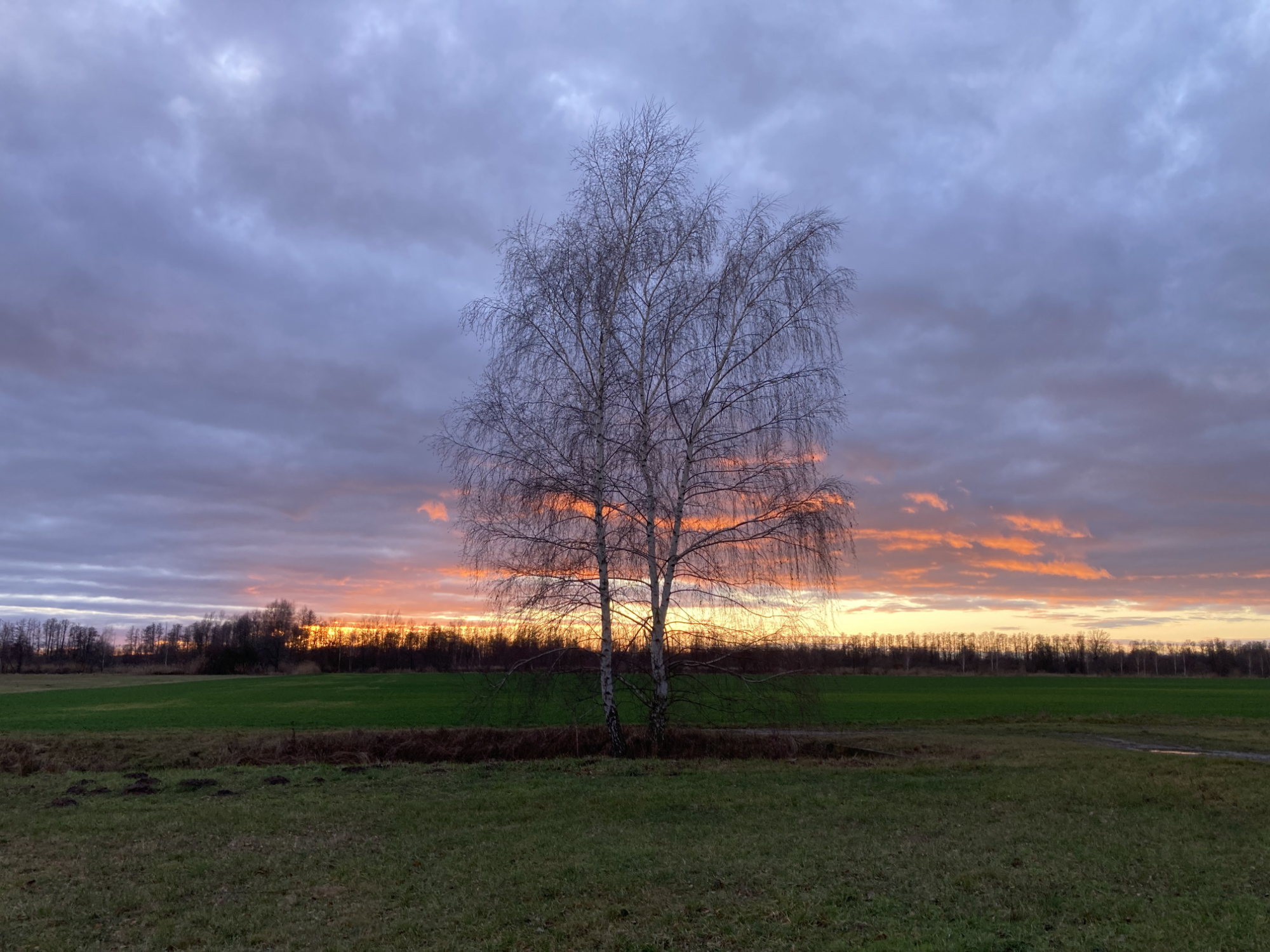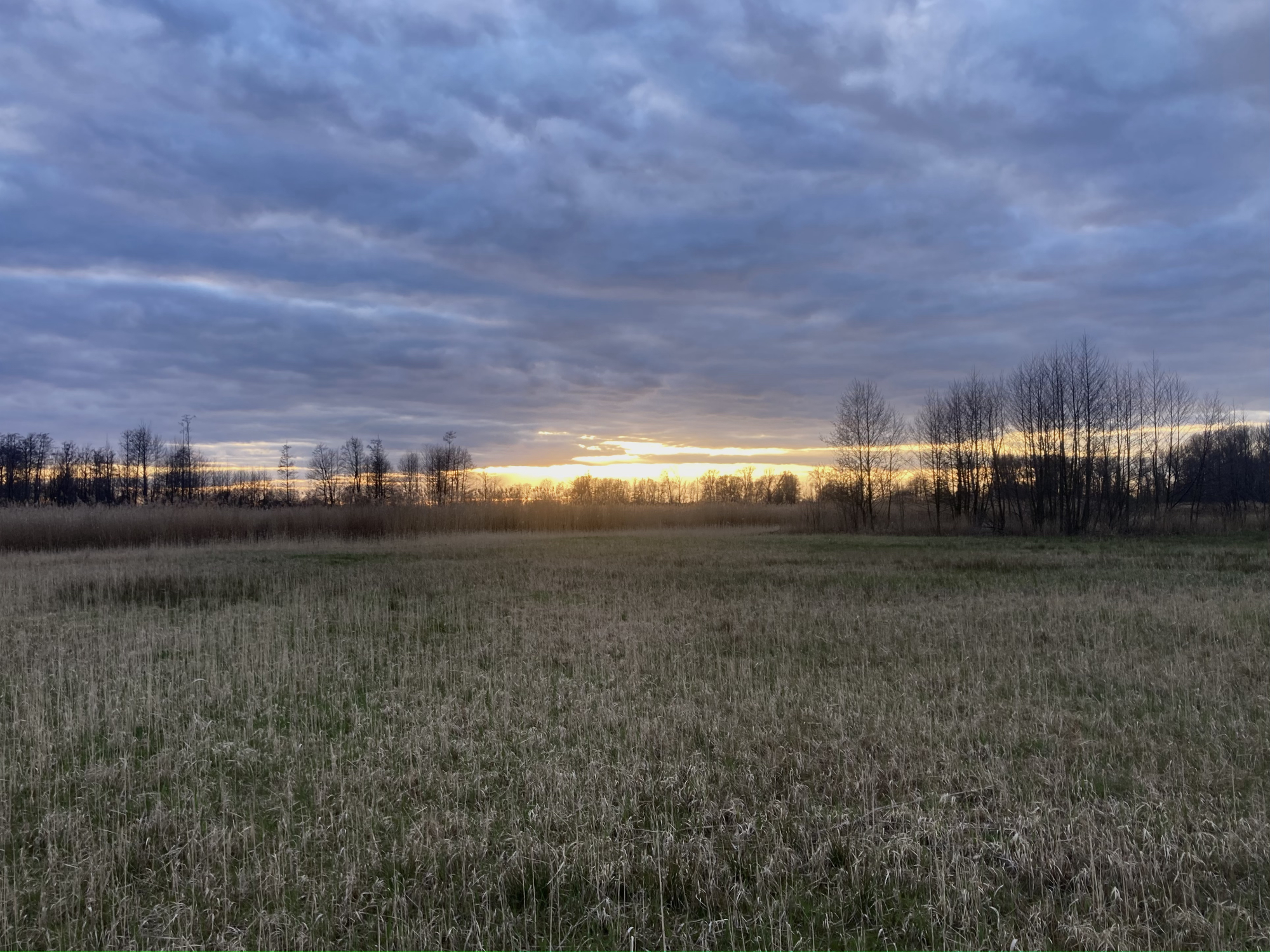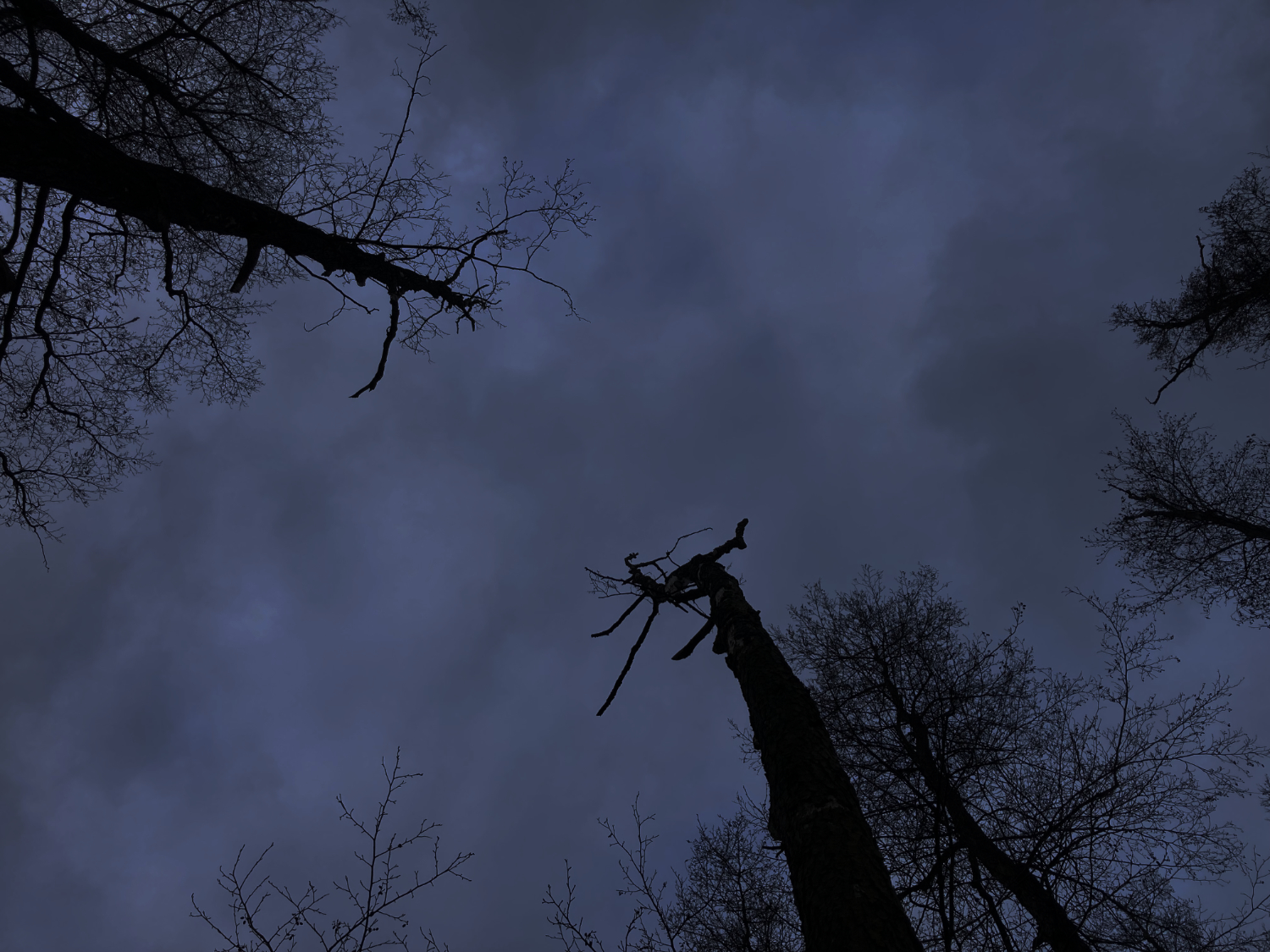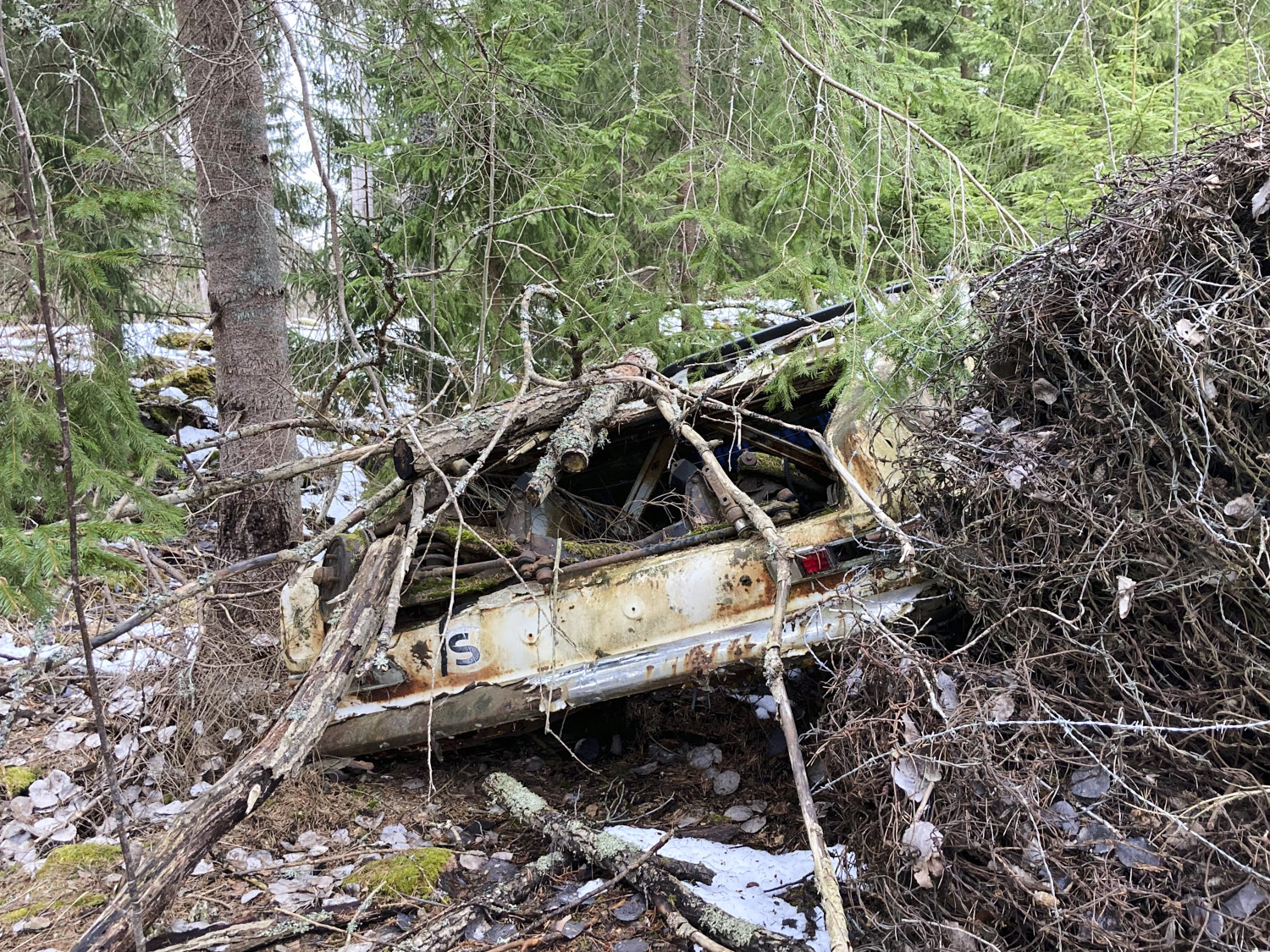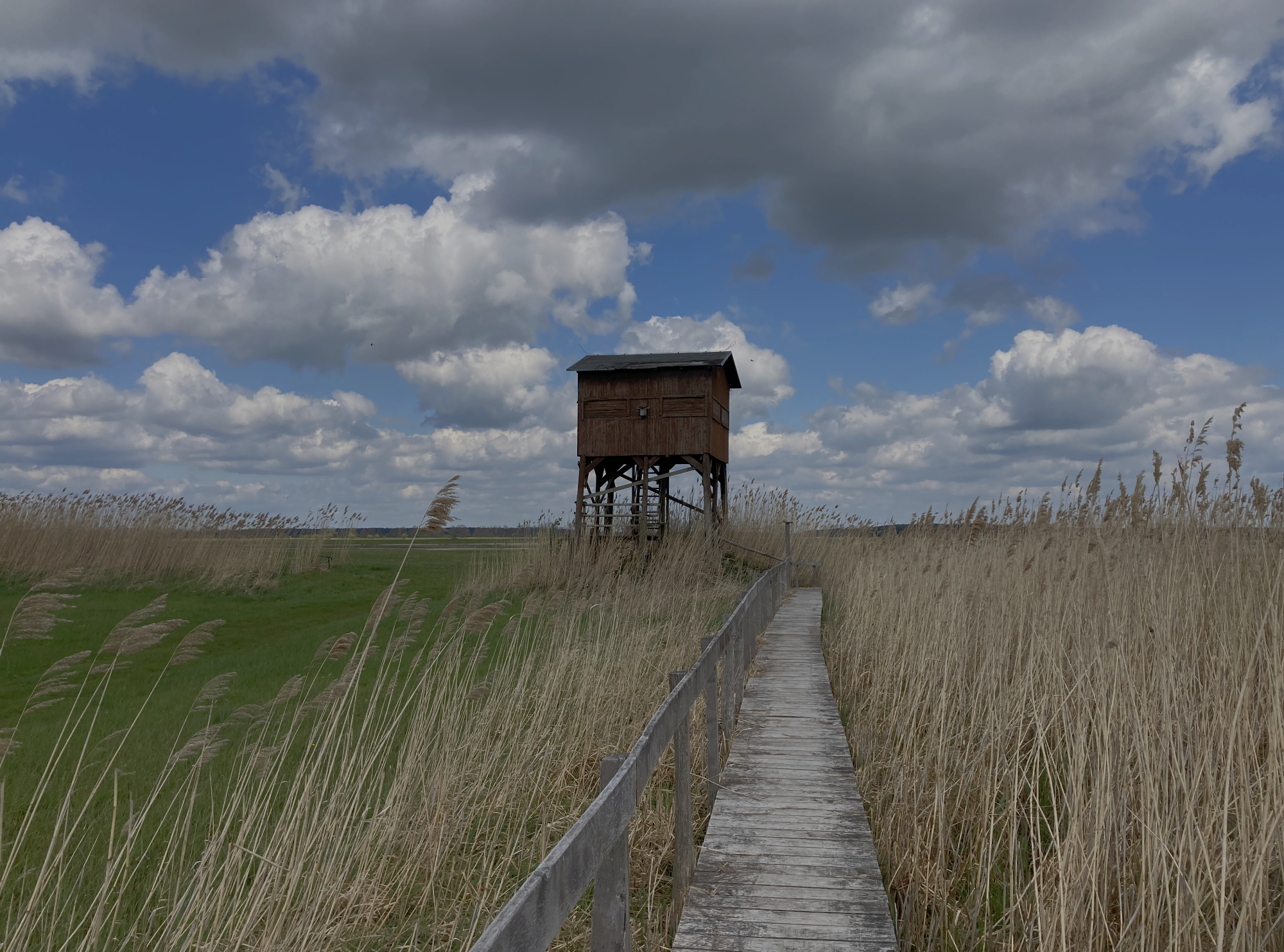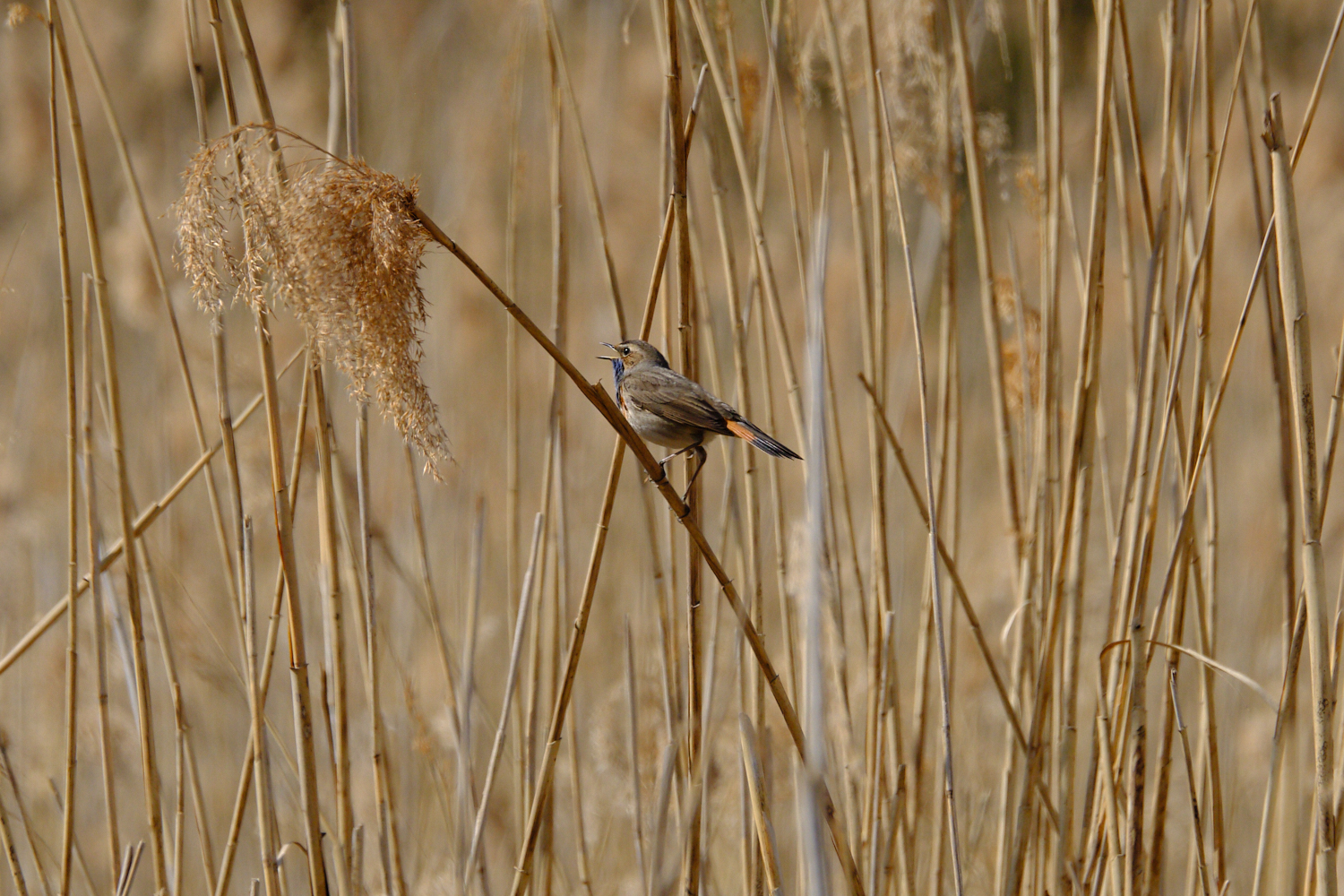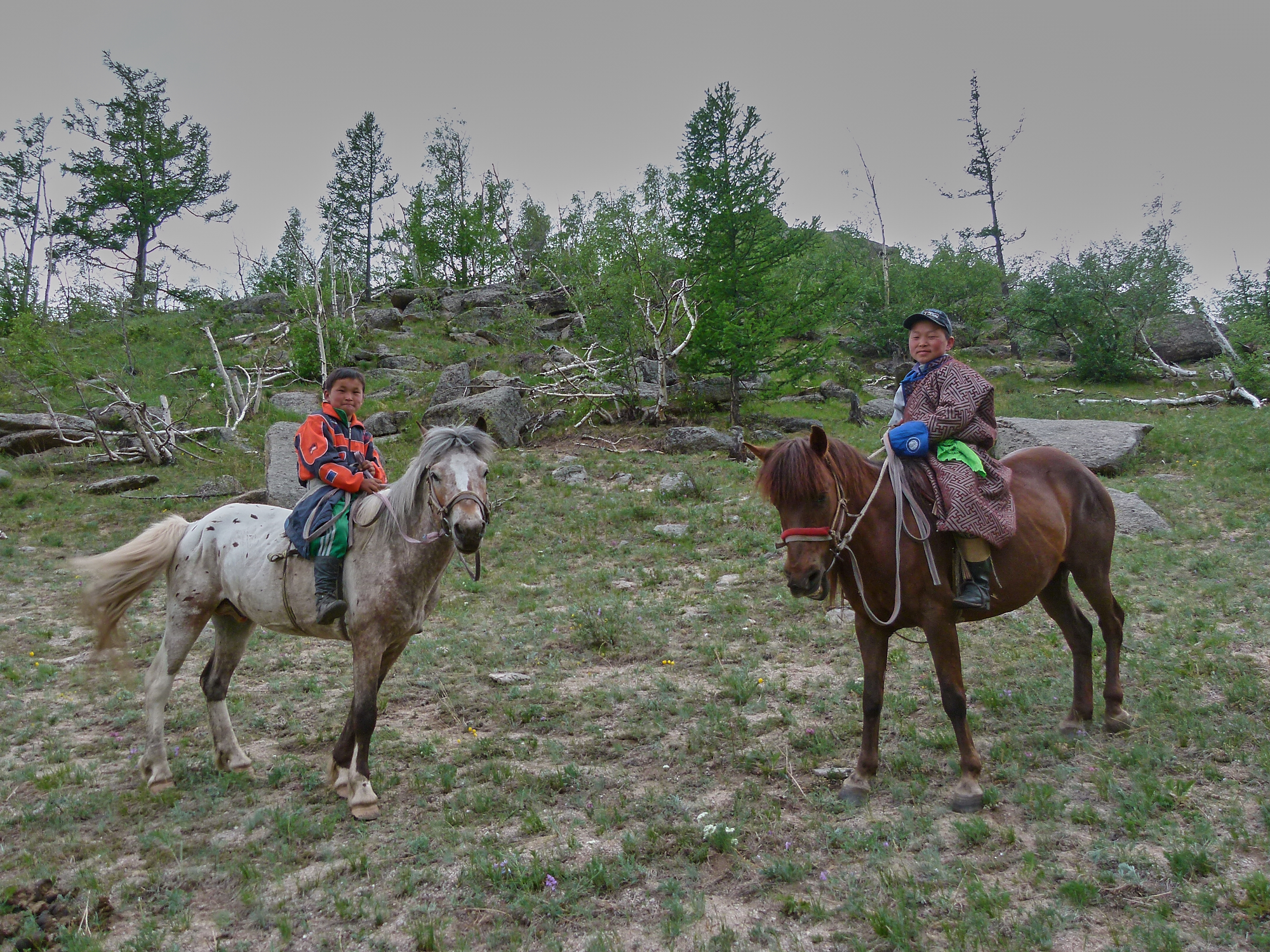I was quite surprised when, with the (brief) rise in temperature, Common Spadefoot Pelobates fuscusadvertising calls were suddenly heard from the canals and ditches surrounding my cabin.However, the species prefers sandy soils (to burrow) and stagnant or slow-flowing water for spawning.So the adjacent environment is a perfect biotope.
Tag: spring
A little respect
After a long winter, my local patch is slowly filling up with birds returning from wintering grounds.With their return, the place also fills with sound. One species that stands out visually and acousticallyis the Bluethroat Luscinia svecica.While wildlife photographers bother the males for their striking appearance, the wildife soundrecordist can listen and record the countless… Continue reading A little respect
In the grey zone
In the northern part of Germany, the distribution of the Grey-headed Woodpecker Picus canusshows a larger gap. At the respective edges, the species is consequently found only veryirregularly – the species is a breeding bird only in small numbers very locally. While I was able to observe Grey-headed Woodpeckers regularly during my time in Leipzig,I… Continue reading In the grey zone
Early Spring in Central Sweden
June 2022 In 2013 I met Peter, an experienced ornithologist and wildlife sound recordist from theNetherlands. On sporadic visits over the years, we always talked about possible recordingtrips together. In April the time had come, we went to Central Sweden. Travel planning and research were in his hands, as he knew the target area and… Continue reading Early Spring in Central Sweden
The Red Tower
May 2021Strong winds have been persisting for weeks, making wildlife sound recording outdoorsalmost impossible at the moment.Fortunately, there are birds that breed in buildings, like barn swallows. In this case, evenin an observation tower in a nature reserve.
Bluethroat song
June 2020 I am regularly asked how exactly I came to sound recording. The answer is as short as simple: I discovered that there are animal sounds that are very abstract and sound surprisingly artificial. Here my personal interest in synthesising sounds began to fade away… PFR16506, 200410, Bluethroat Luscinia svecia cyanecula, male, song, Germany
Horses and herders
September 2019 On expeditions in unfamiliar areas, it might happen that the sheer number of interesting sounds overwhelms you. Especially when no man made noise pollutes the soundscape. In such a situation, I either prefer not to make any sound recordings at all or to quickly decide what to focus on. In a valley in… Continue reading Horses and herders
